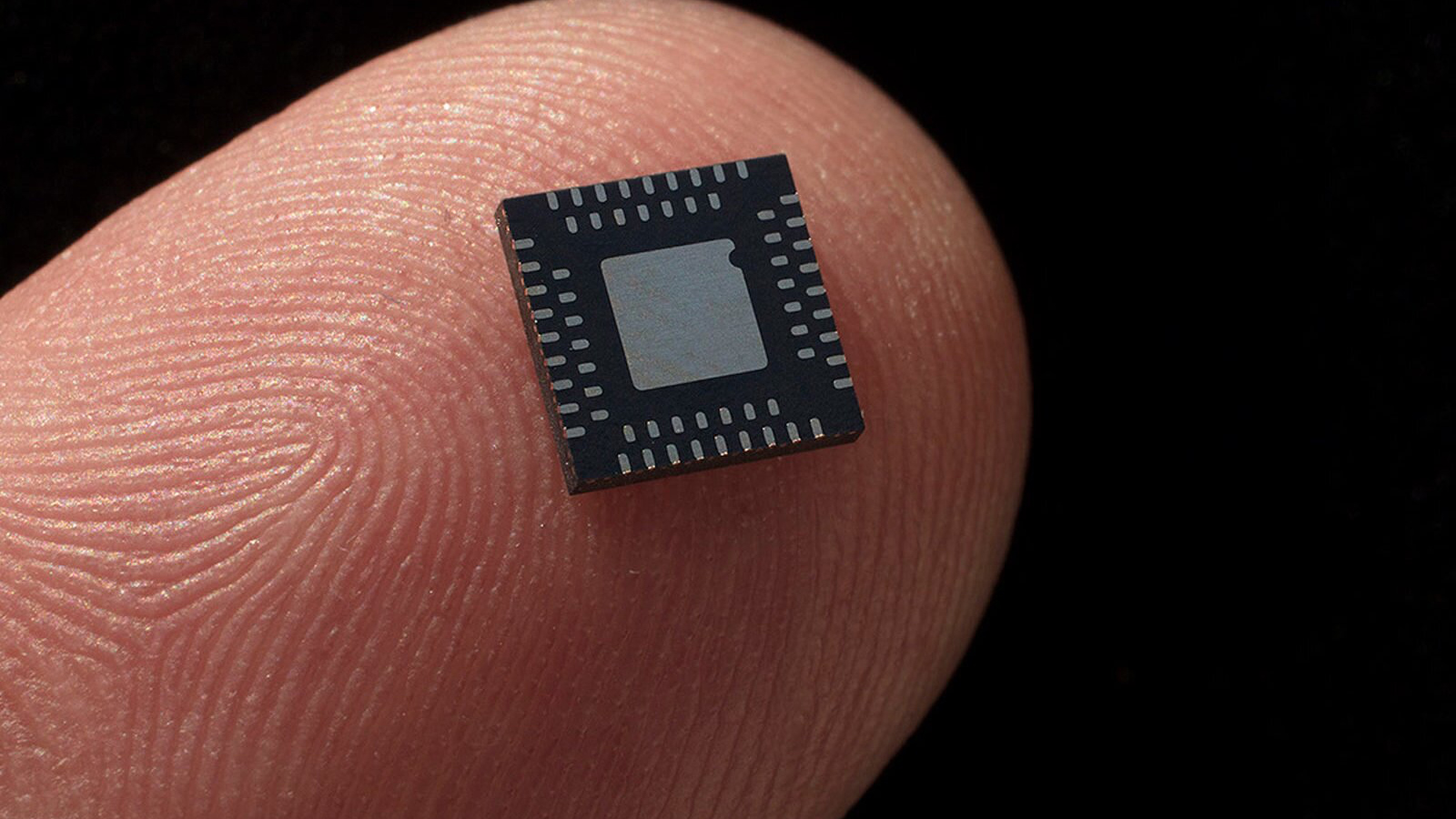Arm to fight AMD and Intel in Windows and Linux with this new ultimate weapon
Arm vows to tangibly increase performance of its client CPUs every year

Arm has published its client CPU cores roadmap and disclosed its plans for the next couple of years.
The company highlighted two of its next-generation general-purpose cores for client systems and pledged a 30% performance uplift over the next couple of years. Arm also said that starting from 2022 all of its Cortex-A ‘big’ cores will only support 64-bit mode and will not be able to run legacy 32-bit applications.
Arm’s Cortex-A-series ‘big’ processor cores have come a long way in terms of performance and capabilities since the smartphone boom began in the late 2000s. In the last four years alone, Arm’s Cortex-A ‘big’ cores improved their peak integer compute performance by nearly 2.5 times (based on the SPECint_base2006 benchmark), according to the company. Such significant performance increases are not common in the x86 world these days.
- Here's our list of the best web hosting services around
- Check out our list of the best small business servers on the market
- We've built a list of the best dedicated server hosting providers of 2020
Arm is not standing still and says that its upcoming codenamed Matterhorn and Makalu will provide a performance uplift of up to 30% from the current Cortex-A78 (5nm/3GHz) to the future Makalu generation in 2022.
Modern smartphones can of course take advantage of every bit of performance available today, but contemporary Arm-based smartphone SoCs tend to have a substantial number of special-purpose accelerators (which sometimes come from Arm itself) to save power.
As a result, while pure compute horsepower is important for handsets, the performance uplift over the newest-generation Cortex-X1/Cortex-A78 cores will be truly appreciated by various SoCs designed for applications like notebooks and hybrid laptops, such as Qualcomm’s Snapdragon 8cx.
The significant performance increases on a yearly cadence by Arm might be a threat to mobile SoCs from AMD and Intel in certain market segments now that Microsoft’s Windows 10 fully supports emulation of x86 and x86-64 (x64) on Arm systems.
Sign up to the TechRadar Pro newsletter to get all the top news, opinion, features and guidance your business needs to succeed!
- Here's our list of the best VPS hosting on the market

Désiré has been musing and writing about technology during a career spanning four decades. He dabbled in website builders and web hosting when DHTML and frames were in vogue and started narrating about the impact of technology on society just before the start of the Y2K hysteria at the turn of the last millennium.
